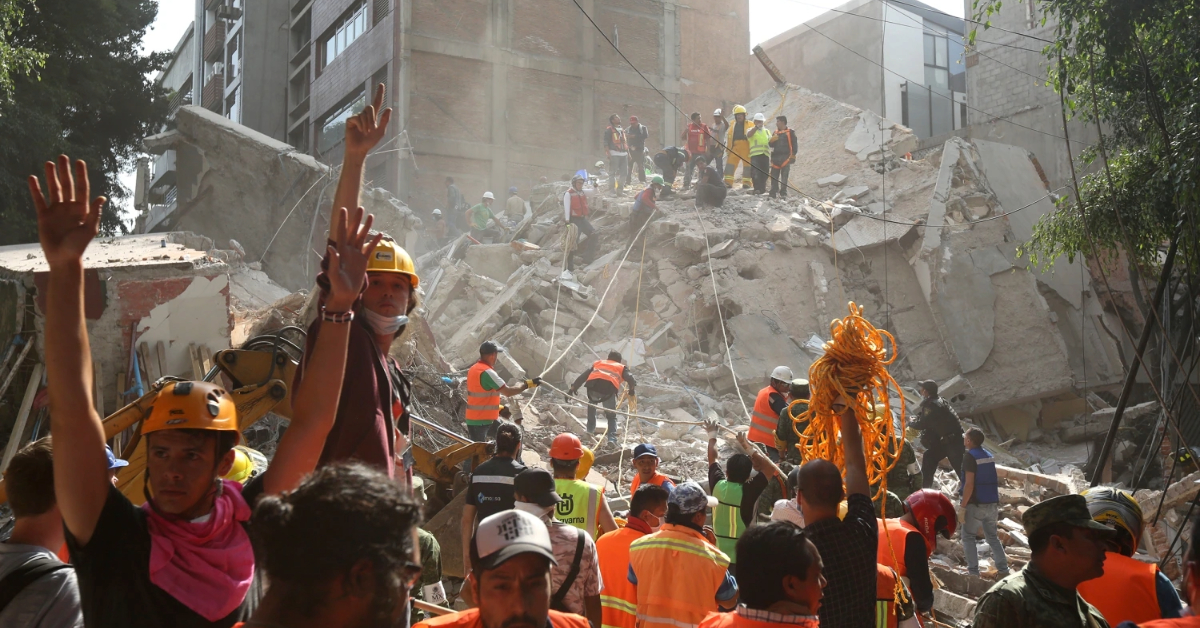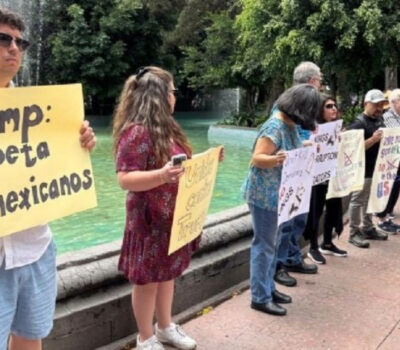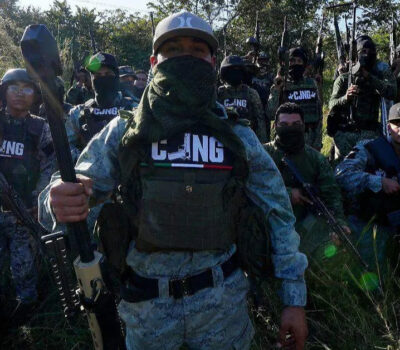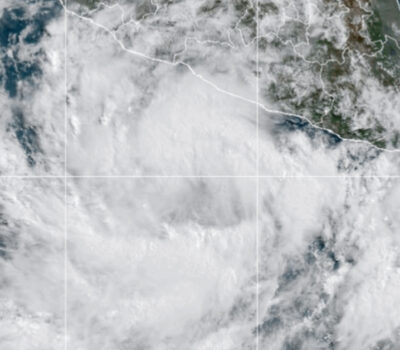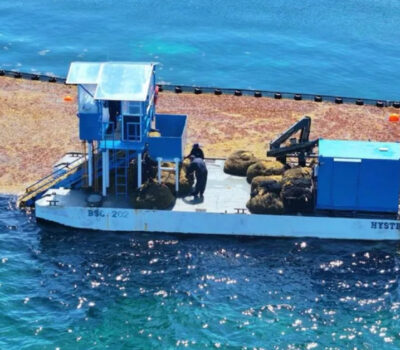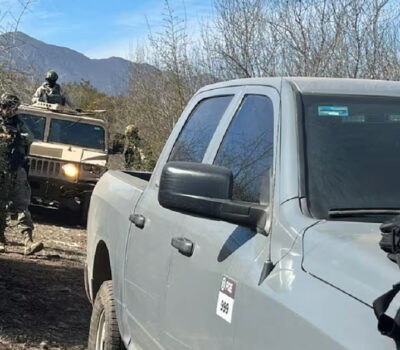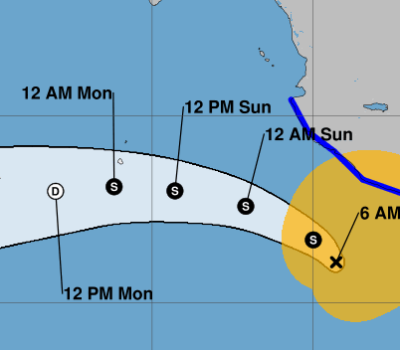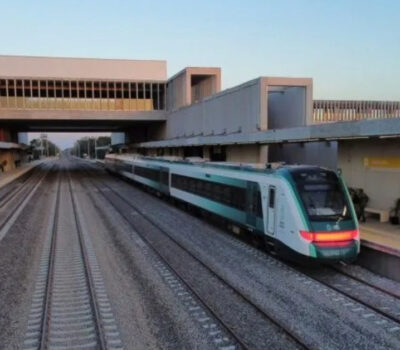On September 19, 2017, Mexico experienced one of the most devastating earthquakes in its modern history, marking a seismic event that is deeply etched in the memories of millions. This earthquake, which hit with a magnitude of 7.1, left the inhabitants of Mexico City and surrounding regions gripped by fear, and for many, it is a day that will never be forgotten. In Puebla, the epicenter, as well as in several other states, the earth shook violently, reducing buildings to rubble and taking hundreds of lives. For those who lived through it, the day remains a vivid marker of how fragile life can be when the earth begins to tremble.
The collective memory of that day is encapsulated in personal stories. As the renowned Mexican author Juan Rulfo once wrote in his story El día del derrumbe from the 1953 book El llano en llamas, people recall the exact place where the tremor struck them: “It was there, no more and no less, where the tremor caught me.” These recollections surface every year as the nation partakes in the annual National Earthquake Drill, an event designed to prepare the population to respond quickly and efficiently when another earthquake inevitably strikes.
Drills and Preparedness: Lessons from the Past
National earthquake drills have been conducted in Mexico since 2004, after then-mayor of Mexico City, Andrés Manuel López Obrador, declared September as Civil Protection Month in remembrance of the catastrophic earthquake of September 19, 1985. That earthquake, which registered a magnitude of 8.1, left an indelible scar on the nation. The exact death toll from the 1985 disaster is still debated, with official figures stating 3,192 deaths, though some organizations estimate that up to 20,000 people may have perished.
In his book Earthquakes, an Everyday Threat, Mexican physicist Victor Manuel Cruz Atienza captures the profound sense of vulnerability earthquakes impose on the population, describing them as a “phenomenon that is both fascinating and terrifying.” He notes that earthquakes differ from other natural disasters in their unpredictability, silently threatening our peace of mind. When a siren or alarm rings, whether in a school, a workplace, or on the streets, the immediate reaction is always the same — a brief moment of panic before confirming whether it’s just a drill or the real thing.
A History of Devastating Earthquakes in Mexico
Mexico’s seismic history is long and fraught with disasters. The country’s National Seismological Service (SSN) has been recording earthquakes since the early 20th century, documenting significant events such as the 1932 earthquake near Casimiro Castillo, Jalisco, which registered a magnitude of 8.2. This earthquake mirrored the strength of another major quake that struck on September 7, 2017, just days before the infamous September 19 event.
In addition to these recent earthquakes, Mexico City was also shaken on July 28, 1957, when a magnitude 7.8 earthquake caused the Angel of Independence, one of the capital’s most iconic monuments, to collapse from its column. This disaster was followed by yet another tragedy on September 19, 1985, linking the month of September with seismic calamity in the minds of many Mexicans.
The “September Curse” and Social Media Superstitions
As the years have passed, a sense of superstition has emerged among some Mexicans, particularly on social media platforms like X (formerly Twitter). Every September, users flood the platform with pleas for calm, urging fellow citizens not to dwell on earthquakes during the month, fearing that collective anxiety may somehow attract another disaster. This notion of a “September curse” persists despite scientific evidence to the contrary.
Data from the SSN shows that September is not, in fact, the month with the most recorded earthquakes. Between 1957 and 2023, 27,301 tremors were recorded in September, but this figure is surpassed by December, which registered 27,402 earthquakes. Other months with high seismic activity include November (26,464) and January (26,186). On the opposite end of the spectrum, July has the fewest recorded earthquakes, with only 19,365 events.
The Ever-Present Seismic Threat
Cruz Atienza emphasizes that earthquakes in Mexico are a daily occurrence, and seismic activity is something that every resident must live with. He warns that while preparation and drills are essential, a deeper understanding of the country’s seismic landscape is critical to reducing the risks associated with these inevitable events.
One of the challenges, according to Cruz Atienza, is the limited infrastructure for seismic monitoring in Mexico. Comparing Mexico’s capabilities with those of Japan, a country with the densest seismological network in the world, Cruz Atienza notes that Japan’s observation towers are spaced approximately seven kilometers apart, while in Mexico, the distance averages 37 kilometers. This means that Japan has about 25 seismological stations per square kilometer, compared to Mexico’s far more sparse coverage.
To address this, Cruz Atienza argues that Mexico would need to increase the number of seismometers in operation by nearly 30-fold, expanding from the current number to about 13,000 stations. Only by doing so, he says, can Mexico hope to effectively monitor and mitigate the effects of future earthquakes.
A Future Built on Preparedness and Awareness
Though Mexico continues to live under the constant threat of seismic activity, the lessons learned from past earthquakes — particularly the tragic events of 1985 and 2017 — have spurred a culture of preparedness that has saved countless lives. The annual earthquake drills are a stark reminder of the importance of being ready for the worst, and the increasing focus on seismic research and infrastructure improvements is a hopeful sign that Mexico is taking steps toward a safer future.
As the memories of the 2017 earthquake remain fresh, not even a decade later, the scars are still visible across parts of Mexico City. Buildings that collapsed or were damaged in the aftermath are stark reminders of the country’s vulnerability to natural disasters. But with continued efforts to improve preparedness, strengthen infrastructure, and expand scientific knowledge, Mexico can look toward a future where seismic events, while still frightening, are met with a well-prepared population and robust monitoring systems.
On September 19, 2017, Mexico experienced one of the most devastating earthquakes in its modern history, marking a seismic event that is deeply etched in the memories of millions. This earthquake, which hit with a magnitude of 7.1, left the inhabitants of Mexico City and surrounding regions gripped by fear, and for many, it is a day that will never be forgotten. In Puebla, the epicenter, as well as in several other states, the earth shook violently, reducing buildings to rubble and taking hundreds of lives. For those who lived through it, the day remains a vivid marker of how fragile life can be when the earth begins to tremble.

